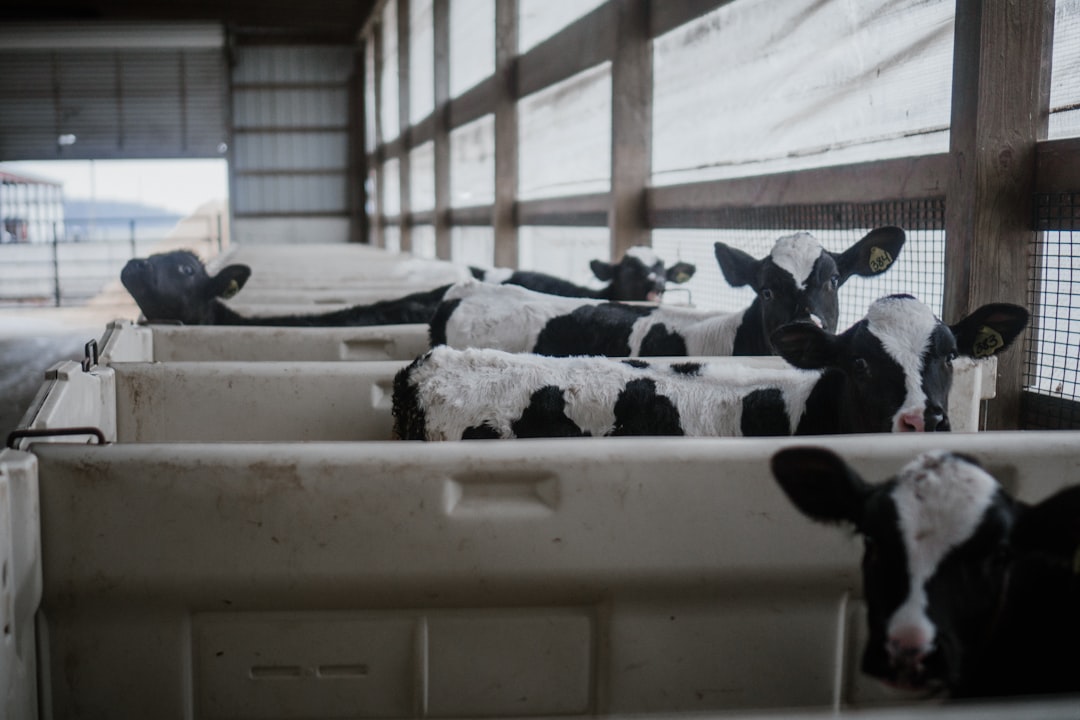Intensive dairy production systems, often involving confinement and high-yield breeds, have become increasingly prevalent worldwide. These systems aim to maximize milk production efficiency but also raise concerns about animal welfare and environmental sustainability. Here’s a comprehensive overview of intensive dairy farming, focusing on confinement systems, high-yield breeds, and strategies to balance productivity with welfare and environmental considerations.
Confinement Systems: Efficiency and Welfare Implications
Confinement systems, such as total confinement or zero-grazing setups, offer several benefits but also present challenges:
-
Benefits of Confinement Systems
-
Improved Cow Management: Allows for precise control over diet, health, and living conditions, potentially enhancing milk yield and quality.
-
Reduced Exposure to Adverse Weather: Protects cows from extreme temperatures and humidity, which can improve udder health and reduce mastitis risks.
-
-
Welfare Concerns
-
Limited Natural Behavior: Confinement may restrict cows' ability to express natural behaviors like grazing and social interaction, impacting mental health.
-
Higher Production Costs: Requires significant investment in infrastructure and feed, which can be economically challenging for smaller farms.
-
High-Yield Breeds: Genetic Advancements and Challenges
High-yield dairy breeds have been developed through intensive genetic selection, leading to increased milk production but also potential health issues:
-
Genetic Advancements
-
Increased Milk Yield: Modern dairy cows produce significantly more milk than their predecessors, often exceeding 10,000 liters per lactation.
-
Economic Benefits: Higher milk yields can increase farm profitability, especially in systems where economies of scale are achieved.
-
-
Health Challenges
-
Reduced Fertility: High-yielding cows often experience fertility issues due to metabolic stress and energy imbalances.
-
Increased Disease Susceptibility: Higher-producing cows may be more prone to metabolic diseases like ketosis and lameness.
-
Environmental Concerns
Intensive dairy systems can have significant environmental impacts, including resource usage and waste management:
-
Resource Consumption
-
Water and Feed: High-yield systems require substantial amounts of water and feed, which can strain local resources.
-
Land Use: While confinement systems reduce land degradation from overgrazing, they may increase the demand for feed crops, potentially leading to deforestation or habitat loss.
-
-
Waste Management
-
Manure Handling: Confinement systems generate large volumes of manure, which must be managed effectively to prevent environmental pollution.
-
Emissions: Dairy farming contributes to greenhouse gas emissions; intensive systems may exacerbate this issue if not managed sustainably.
-
Balancing Productivity with Welfare and Sustainability
To address these challenges, dairy farmers can adopt strategies that enhance animal welfare and environmental sustainability:
-
Mixed Production Systems
-
Combine elements of confinement and grazing to provide cows with access to pasture while maintaining some benefits of confinement.
-
Implement rotational grazing to improve soil health and biodiversity.
-
-
Sustainable Practices
-
Efficient Water Use: Implement water-saving technologies and practices to reduce consumption.
-
Manure Management: Use manure as fertilizer to enhance soil fertility and reduce synthetic fertilizer use.
-
-
Selective Breeding
-
Focus on breeding for traits that balance milk yield with fertility and longevity to improve overall cow health.
-
Conclusion
Intensive dairy production systems offer efficiency and productivity but must be balanced with animal welfare and environmental sustainability. By adopting mixed production systems, implementing sustainable practices, and focusing on selective breeding for balanced traits, dairy farmers can ensure that their operations are both productive and responsible.
Additional Resources
For more detailed information on intensive dairy farming and strategies for balancing productivity with welfare and sustainability, consider the following resources:
-
Dairy Extension Services: Consult local extension offices for advice on optimizing confinement systems while improving animal welfare.
-
Sustainability Guides: Explore comprehensive guides on reducing environmental impacts in dairy farming.
-
Breeding Programs: Engage with breeding programs that prioritize balanced traits for milk yield, fertility, and longevity.
Citations:
- https://www.inrae.fr/en/reports/dairy-cows-grazing-future/dairy-farming-current-practices
- https://nutrinews.com/en/influence-of-the-compost-barn-system-on-the-nutrition-production-and-quality-of-milk/
- https://pmc.ncbi.nlm.nih.gov/articles/PMC2748269/
- https://agrixchange.apeda.in/MarketReport/Overview%20of%20the%20Kenya%20Dairy%20Industry_Nairobi_Kenya_KE2024-0013.pdf
- https://www.thedairysite.com/articles/3778/total-confinement-vs-pasture-systems-what-does-the-science-say
- https://ec.europa.eu/food/audits-analysis/overview/download/1139
- https://core.ac.uk/download/pdf/6785404.pdf
- https://pure.qub.ac.uk/files/127810644/Arnott_et_al._2015a.pdf

Comments
No comments yet. Be the first to comment!
You must be logged in to comment. Login